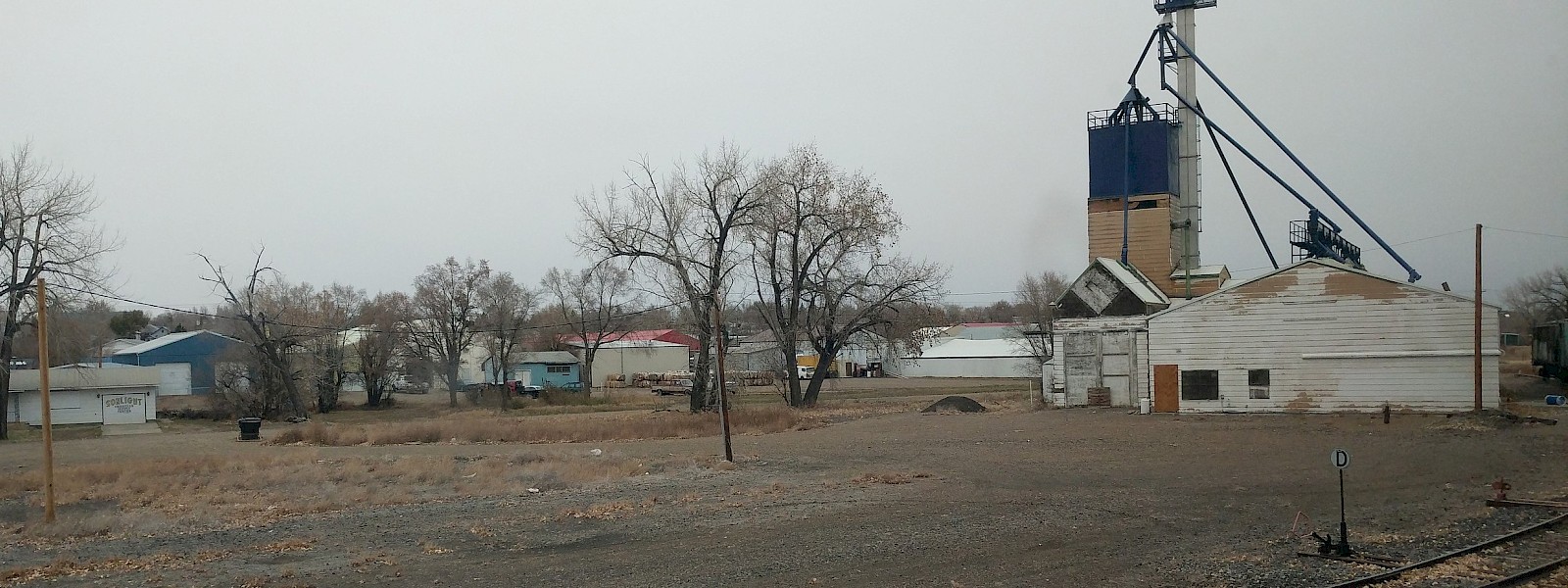All Aboard Northwest Participates in FRA Long-Distance Study Workshops
The Federal Railroad Administration’s (FRA) Long-Distance Service Study is evaluating potential restoration of Amtrak Daily long-distance service. The study's advisory group held its third meeting in Seattle on February 8. Among the attendees were Dan Bilka, representing All Aboard Northwest, and Gary Wirt, representing All Aboard Washington. Meeting materials are available online at https://fralongdistancerailstudy.org/meeting-materials/.
The FRA has identified 15 long-distance passenger rail routes for potential restoration/creation as shown on this map. Note that the map is conceptual and is not intended to show all station stops on each route.
If service is restored, many Greater Northwest US cities would directly benefit from 7 of the 15 routes including Yakima, Boise, Baker City, Rapid City, Casper, Bismarck, Billings, Helena, Pocatello, Rock Springs, Albert Lea, Sioux City, Alliance, and more.
The 7 routes would provide service to what is generally defined as the Greater Northwest Region. Six of these routes are in the “Northwest Region” as defined by FRA. The seventh route, Minneapolis/St. Paul to San Antonio, is within the FRA defined “MidWest” and “Central” regions.
What the study is
From the project website:
“The Federal Railroad Administration (FRA) is conducting an Amtrak Daily Long-Distance Service Study to evaluate the restoration of daily long-distance intercity rail passenger service and the potential for new Amtrak long-distance routes. This study will ultimately create a long-term vision for long-distance passenger rail service and identify capital projects and funding needed to implement that vision.”
What we learned
After the study is completed later this year, FRA will present a report to Congress containing recommendations for a “proposed network of preferred routes”. The report will essentially be FRA’s vision for what a restored national long-distance passenger rail network should look like. Implementation of that vision (restoration of routes), will depend on future Congressional appropriations for infrastructure improvements (sidings, platforms, stations, signaling, etc.) equipment (locomotives, coaches, etc.), and ongoing operational support. Just as our national airspace system receives millions of dollars annually in federal support, it is reasonable to expect our federal government to provide funding for an improved national passenger rail system for various economic, social, and environmental reasons.
It is anticipated that the next and final series of regional meetings will include:
- Further discussion of the preferred route options presented in Round 3.
- Inventory of capital projects required to restore service.
- Federal & non-Federal funding sources.
- Estimated costs and public benefits.
FRA has engaged the Class I host railroads in discussion of the 15 routes recommended for restoration/creation. Details of those discussions have not been provided by FRA, however it is anticipated that there will be ongoing discussion & negotiation with the host railroads.
All Aboard Northwest was in the room and at the table with the Federal Railroad Administration and other key stakeholders like state DOTs.
Proposed “preferred route” options
Within the 15 preferred route options, FRA suggested various route alignment options. The proposed preferred routes are not “set in stone”. The various route options suggested by FRA will need further discussion & evaluation.
Here are two examples of proposed routes that have suggested route options worthy of consideration:
What are the next steps?
The final round of long distance study workshops will be held in Spring 2024, after which the final report will be delivered to Congress later this year. Once delivered, it is imperative that we in the Greater Northwest, and indeed nationally, push our Congressional delegations to act on and implement these nationally-critical essential transportation services to our communities.
We as a nation are spending billions of dollars on the ever-escalating cost of rail projects on the Northeast Corridor. We must also provide similar funding for service to our Greater Northwest communities. The cost to our society is far more in the long term without these essential services.
FRA is asking for public comments regarding the Meeting 3 presentation materials at the link above. Your factual and constructive comments are helpful in developing the final recommendations. Comments are particularly beneficial if they address the following evaluation criteria that FRA is using to determine the preferred routes:
We encourage you to explain to FRA how a particular route segment benefits your community, and/or how or a change in a proposed preferred route segment using a suggested route option would provide additional benefits over the currently proposed preferred segment. Comments may be submitted to FRA Long-Distance Service Study via the project website homepage or Email: [email protected].
Comments must be received at FRA by March 8, 2024 in order to be included in their analysis and conclusions.
What are our asks of Congress?
In simple terms:
- Fully Authorize the 15 long-distance routes recommended by the FRA.
- Fund the infrastructure and equipment required.
- Restore the 15 routes ASAP! It took less than 10 years for the US to put a man on the moon, from concept to reality. For the benefit to our environment and society, we must make a commitment to complete the entire route structure recommended by FRA by a date certain; rather than on a piecemeal basis over an indefinite period and over multiple administrations.
While many produce elaborate talk of doing things and commitment to inclusion, we are putting our time and efforts into ensuring that real results are produced!
Pleae donate to keep our work moving forward!
Dan Bilka, All Aboard Northwest
Gary Wirt, All Aboard Washington






